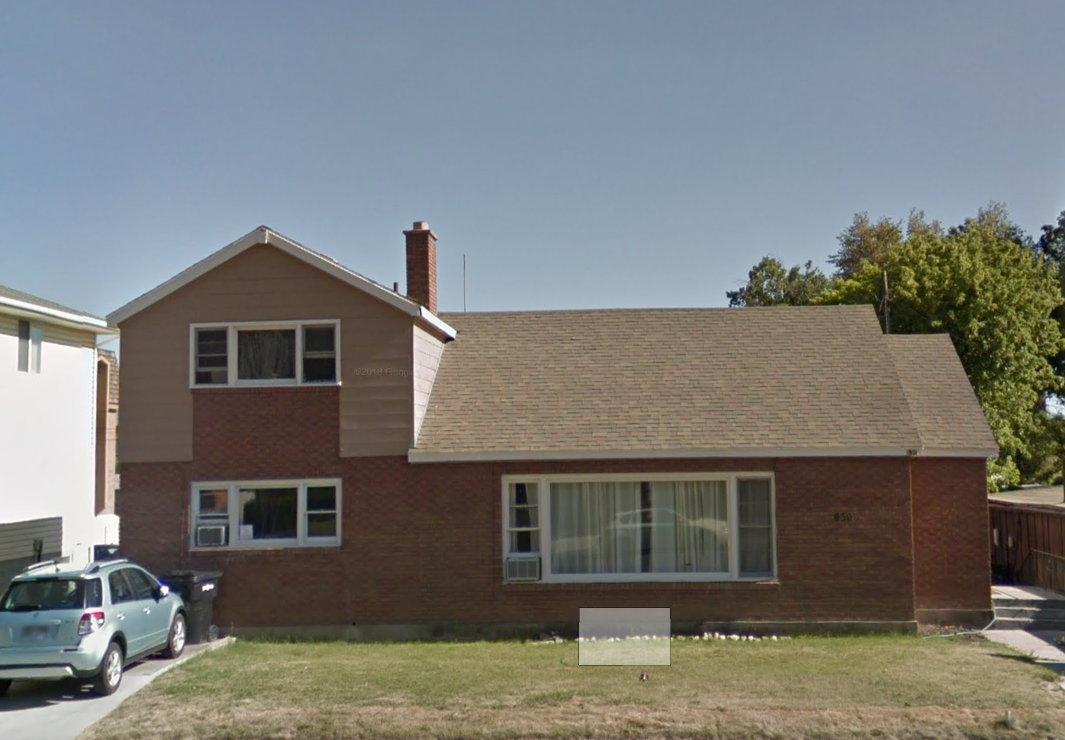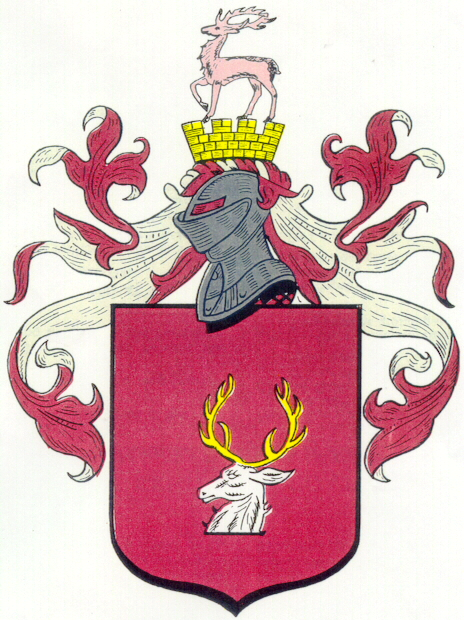

Closest Thing to a Farm in the City
When the Family moved to Provo from Cedar City we came to a large home on 700 North just a few blocks south of the campus. We found our world, as it were. Provo would now be our home for our future was now the world of our family, the Church and the BYU.
This home had an expansive backyard with a wide stretch of grass that extended out to a three-foot-high decorative concrete block fence that marked the beginning of a vegetable garden. The house benefited from pioneer style city planning that allowed irrigation ditches through the rear yards of all the homes in the area and sufficient land to plant fruit trees and vegetable gardens. When water was wanted, a board was slipped into the diversion channel and soon the field was flooded. In the late summertime the corn would grow tall and while the Felt’s were never very successful farmers, a variety of produce made its way to the table.
The yard provided sufficient space to keep a lamb and friends in Cedar City would send one from their flock each year. The Felt children and their neighborhood friends provided the perfect solution to the dilemma of nurturing the offspring of one of their sheep that had either died or rejected its lamb. Mom would fill a large soda pop bottle with milk and, attaching a nipple to the end, it would be offered by the children with great enthusiasm to the lamb who would drink it down. When autumn would arrive, the animal, now with teeth and a need to eat solids, would be taken to the Edmund’s farm in Mapleton where it would enjoy apples fallen from the trees. The fattened, mature sheep would eventually become mutton for our family and the Edmunds.
This backyard was like a giant enclave where the world stretched on and out, complete in itself. All of the entertainment and adventure that we could ever hope for was provided there. A sandbox nestled into the front right corner of the lawn satisfied the younger children with trucks and bulldozers, while giant trees with branches accessible to young arms and legs would see long days pass when old pieces of wood could be wrestled into place to build platforms for elevated forts and hiding places. The willow tree covered its section of the lawn with branches that fell all the way to the ground.
Off to the left, near the wall that separated the garden from the lawn, a child-sized house had been built complete with a front door, windows, a miniature kitchen and dining area. My sisters and their friends in the neighborhood passed hours playing in this life-like little house, sometimes even persuading some of the boys to play the roles of husbands and fathers, but only when they were promised that the entire matter would be kept a secret!
Like many homes in that vicinity, a basement apartment had been built into the house which was leased to students; in our case, 12 boys. The rental income would go far to supplement the mortgage payments and often the students would prove to be engaging friends.
The yard could only be fully enjoyed with the addition of Sam, a horse-sized, fawn-colored dog of boxer breed. He was a gentle playmate who would tend the brood of rabbits that joined the backyard collection as if they were his own. Sam would run along beside the family as we rode along the streets on our bicycles. Mom and Dad rode a tandem bike together with Jessie in a child’s seat up front and Ron in another in back while Paul, John, Yvonne, and Marilynn would ride along on their bikes with O’Larry hurrying along on his tricycle.
Dad, hoping to teach Paul and John the value of work and self-sufficiency, purchased a power roto-tiller with large knobby tires, a Briggs & Stratton 3-horsepower motor and a plowing instrument that trailed behind. In the wintertime, a snowplow could be fixed up front that was just wide enough to clear walks and driveways. An ad placed in the local paper and word to the neighbors presented all the work that the two could handle.
